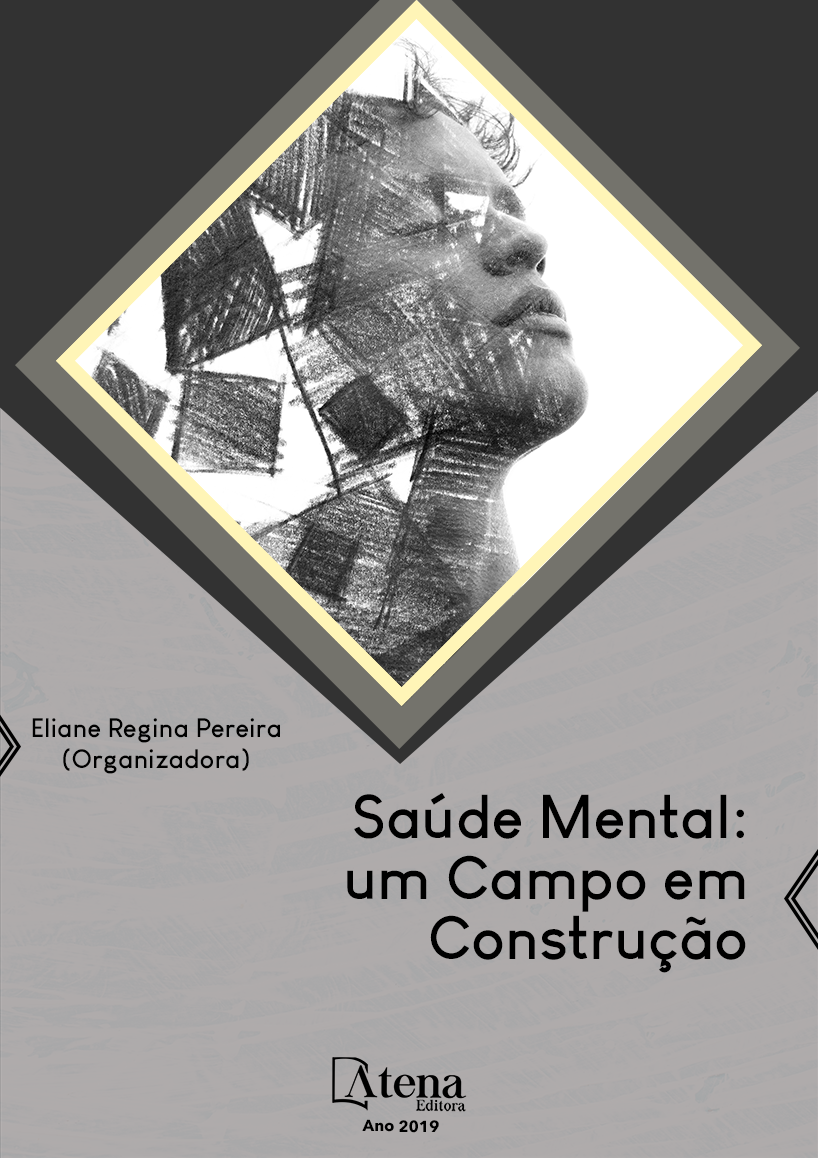
MOVIMENTOS INSTITUINTES DE ENSINO E APRENDIZAGEM: A PRESENÇA PRÓXIMA DOCENTE
Categorizar os outros em espectros
e diagnósticos pode provocar uma diminuição
das possibilidades humanas. Percebemos
que muitas situações cotidianas do processo
de aprendizagem têm sido consideradas
patológicas, os rótulos interferem na forma
como os relacionamentos se estabelecem no
ambiente educacional. Discutimos sobre os
padrões que reduzem a existência de estudantes
e produzem nos professores expressões
de sofrimento diante de comportamentos
singulares. Enfatizamos a necessidade de
construção de linhas de fuga aos processos
de subjetivação que trazem a normalidade
como referencial imperativo. O objetivo é
problematizar a medicalização instituída nas
escolas e produzir movimentos instituintes de
outras formas de ensino e aprendizagem. Nesta
cartografia, utilizamos a metodologia pesquisaintervenção, onde acompanhamos processos e
traçamos as linhas de tensionamento produzidas
no campo de forças educacional e as linhas
de expansão que escapam à subjetivação em
massa. Aproximamo-nos do trabalho voltado
para a singularidade e potência que há em cada
pessoa independente de definições prévias,
desenvolvido pelo pedagogo francês Fernand
Deligny. Esse autor trabalhou junto a crianças
e adolescentes que eram classificados como
socialmente inadaptados. Assim, inspirados
em suas ideias sobre a forma de estar com
o outro, pensamos na sensibilidade do fazer
docente. Compartilhar o cotidiano escolar e
tecer em conjunto uma rede de composições,
estando com os estudantes como presença
próxima, aberta ao encontro, à compreensão e
à criação de circunstâncias potencializadoras.
Com movimentos moleculares na micropolítica
da sala de aula, cartografamos ações docentes
de presença próxima que promoveram uma
experiência singular de aprendizagem para
cada estudante. Pudemos traçar os entraves
do fazer docente e as ações inventivas que
permitiram alcançar os estudantes em seu jeito
único de ser. Muitas práticas são cristalizadas
e baseadas na busca pela identificação de
patologias que justifiquem as dificuldades
de aprendizado dos estudantes. Entretanto,
destacamos ações docentes de presença
próxima como caminho para o encontro com a singularidade do outro a quem o docente se dirige para ensinar algo, aberto a
construir com ele os processos de aprendizagem do que é ensinado. Questionando os
discursos especialistas inseridos na educação, tomamos o exercício da docência como
presença próxima como uma postura docente em relação ao estudante que amplia a
possibilidade de ensino e aprendizagem ao perceber o outro sem interpretá-lo a partir
de referenciais padronizados, mas compreendendo as singularidades. Mapeando a
construção de outros possíveis na escola, encontramos práticas que surgiram como
linhas de fuga à rotulação e às limitações diagnósticas.
MOVIMENTOS INSTITUINTES DE ENSINO E APRENDIZAGEM: A PRESENÇA PRÓXIMA DOCENTE
-
DOI: 10.22533/at.ed.96919030929
-
Palavras-chave: Processos de Subjetivação, Medicalização, Presença Próxima.
-
Keywords: Subjectivation Processes, Medicalization, Near Presence.
-
Abstract:
Categorizing others in spectra and diagnoses can cause a decrease in
human possibilities. We perceive that many daily situations of the learning process
have been considered pathological, the labels interfere in the way relationships are
established in the educational environment. We discuss the patterns that reduce
the existence of students and produce in teachers expressions of suffering in the
face of singular behaviors.We emphasize the need to construct escape lines to
subjectivation processes that bring normality as an imperative reference. The objective
is to problematize the instituted medicalization in schools and to produce instituting
movements of other forms to teaching and learning.In this cartography, we use the
research-intervention methodology, where we follow processes and trace the tensioning
lines produced in the field of educational forces and the expansion lines that escape
the mass subjectivation. We approach the work focused on the uniqueness and power
that is in each person independent of previous definitions, developed by the French
pedagogue Fernand Deligny. This author worked with children and adolescents who
were classified as socially inadapted. Thus, inspired by his ideas about how to be
with the other, we think about the sensitivity of teaching. To share the school routine
and to weave together a network of compositions, being with the students as a near
presence, open to meeting, understanding and creating potentializing circumstances.
With molecular movements in the micropolitics of the classroom, we cartographed
teachers’ actions of near presence that promoted a singular learning experience for
each student. We were able to trace the obstacles of teaching and the inventive actions
that allowed students to reach their unique way of being. Many practices are crystallized
and based on the search for the identification of pathologies that justify students’ learning
difficulties. However, we highlight teachers’ actions of near presence as a way to meet
with the singularity of the other to whom the teacher is directed to teach something,
open to build with him the learning processes of what is taught. Questioning the
specialist discourses inserted in education, we take the exercise of teaching as a near
presence as a teaching posture in relation to the student who expands the possibility
of teaching and learning by perceiving the other without interpreting it to standardized
referential, but understanding the singularities. By mapping the construction of other possible schools, we found practices that emerged as lines of leakage to labeling and
diagnostic limitations
-
Número de páginas: 15
- Maria Goretti Andrade Rodrigues
- Erilza Faria Ribeiro


